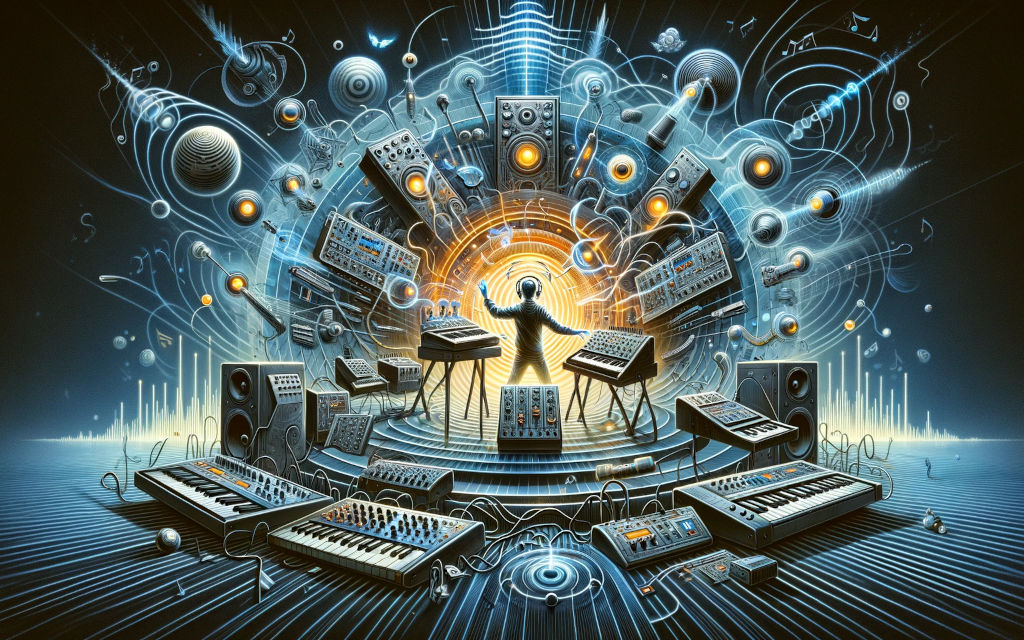
The Role of Experimentation and Innovation
Electronic music has always been a breeding ground for innovation and experimentation. Its a genre where artists have the freedom to push the boundaries of sound, constantly seeking new ways to create unique sonic experiences. In this blog post, we will explore the pivotal role that experimentation plays in electronic music and showcase examples of innovative techniques and sounds that have defined iconic electronic tracks.
The Power of Experimentation
Breaking Boundaries
Electronic music thrives on pushing the envelope. Experimentation allows artists to break free from conventional musical norms and explore uncharted territory. By tinkering with technology and sound design, they create fresh and groundbreaking sounds that captivate listeners.
Sound Sculpting
Experimentation is the artists playground when it comes to sound design. It involves tweaking synthesizers, manipulating samples, and exploring various effects to craft sounds that are entirely unique. Every knob turn and effect setting can lead to unexpected, fascinating results.
Genre Fusion
Many electronic artists draw inspiration from diverse genres, merging elements to craft their own signature style. Experimentation in blending genres leads to innovative hybrid sounds that challenge the status quo and attract a broader audience.
Innovative Techniques and Iconic Sounds
Sampling
Sampling is a cornerstone of electronic music. Artists like Daft Punk and The Chemical Brothers have pioneered the use of samples to create infectious hooks and grooves. Daft Punks "Harder, Better, Faster, Stronger" is a prime example, where they sampled their own vocals and manipulated them into a robotic and rhythmic delight.
Synthesis
Synthesizers are the heart and soul of electronic music, and they have evolved tremendously over the years. Kraftwerks pioneering use of synthesizers in tracks like "Autobahn" laid the groundwork for the electronic music revolution, showing how these machines could produce entirely new and captivating sounds.
Vocal Manipulation
Artists like Imogen Heap and James Blake have demonstrated the transformative power of vocal manipulation. Imogen Heaps "Hide and Seek" introduced the world to the haunting beauty of a manipulated vocoder, while James Blakes use of auto-tune and pitch-shifting created an emotionally charged sonic landscape.
Granular Synthesis
Granular synthesis is a more recent innovation that has given rise to ethereal and textured sounds. Artists like Aphex Twin have harnessed the granular synthesis technique to create intricate sonic textures that defy traditional musical categorization.
Modular Synthesis
Modular synthesis is a playground for experimentation. Artists like Suzanne Ciani have explored the possibilities of modular systems to create complex and evolving soundscapes, often with no conventional melody or rhythm, but rather an abstract and mesmerizing sonic journey.
Conclusion
Experimentation and innovation are the lifeblood of electronic music. They are the driving forces that keep the genre fresh, exciting, and ever-evolving. From pushing the limits of sound design to fusing genres and pioneering new techniques, electronic artists have consistently demonstrated the power of experimentation in shaping their unique sonic identities. As listeners, we continue to be awed and inspired by their willingness to venture into the unknown, creating iconic tracks that redefine what is possible in the world of music.
« Blog
